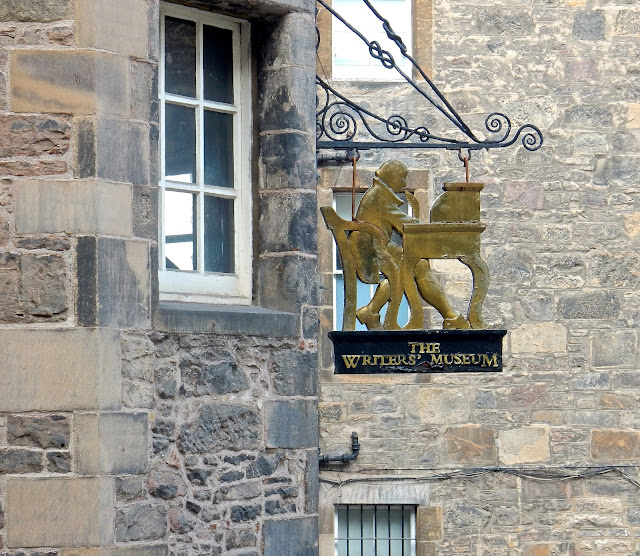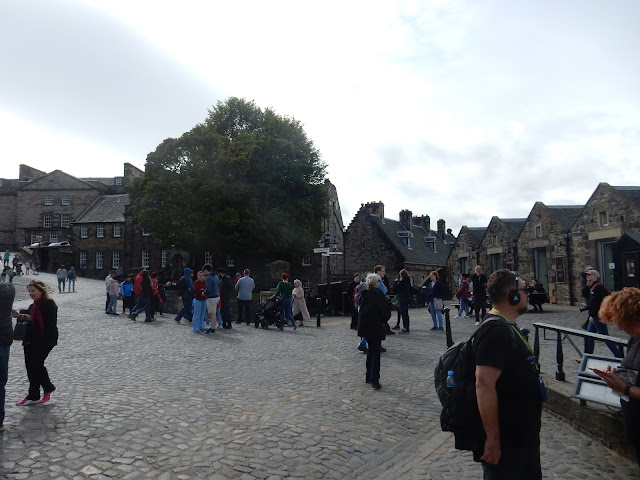The fortress on Castle Rock towers over Edinburgh. Scholars says the rock has been occupied since the second century. A Royal Castle was built in the 12th Century.
A vibrant city of about a half million the demographic skews young with many thousand students. It is the capitol city of Scotland, houses the parliament, national museum and gallery and has been an intellectual and artistic center for most of its history.
I found it to be a shooter's paradise; texture, grandeur, and architectural diversity. Most of the city is built with Sandstone that provides its unique look. The darkening of the stone through the ages deepens the textural feel.
In the industrial revolution coal smoke filled the air and darkened some of the stone. It was once known as "Auld Reekie" or Old Smokey. Today Scots are among some of the world's most environmentally and energy conscious.
The Royal mile begins at Edinburgh Castle and ends here at The Palace of Holyrioodhouse, the residence of the Queen when she is in Edinburgh.
This post proves a glimpse of this grand old city of texture with a vibrance of modernity.
Edinburgh hosts the largest international arts festival,
The Edinburgh Fringe Festival, as well as a large International Book Fair, Science Fair and International Film Festival.
The restaurant below, the Elephant House is a kind of mecca for Harry Potter fans, it is where JK Rowling wrote the series.
The Parliament building is a stunning sight.
The figures on the Parliament wall are representatives of individual voters.
Stay tuned, the journey continues.
See you down the trail.





















































































